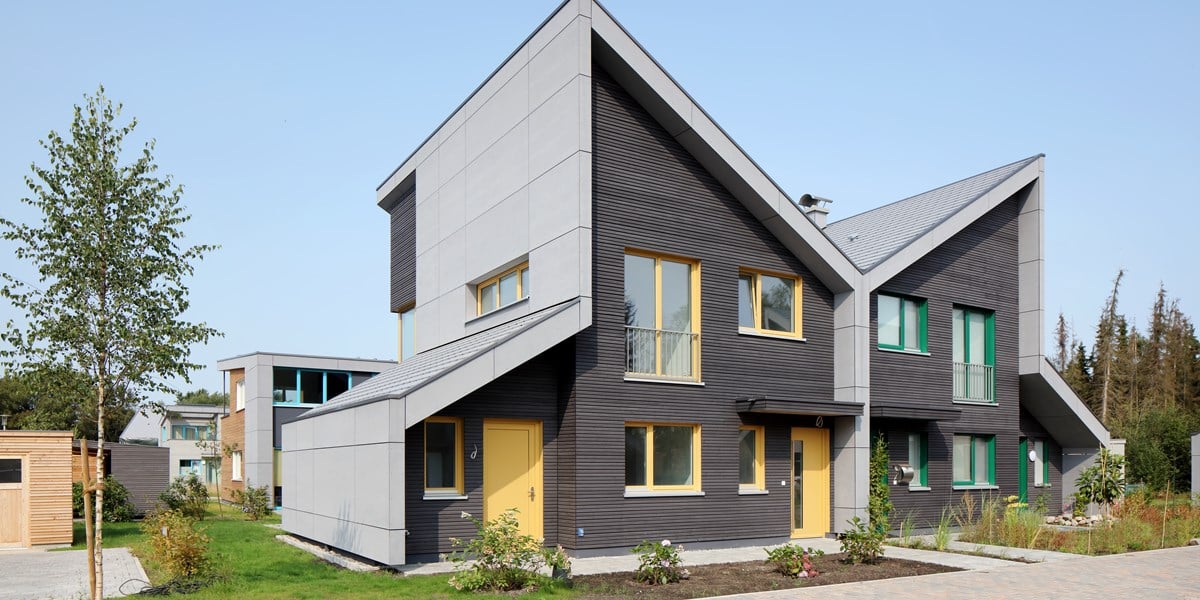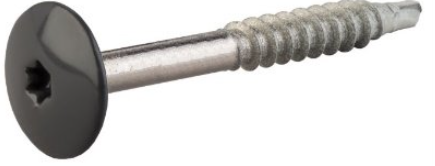
Type V (Wood-Frame) Construction
Designed for residential and light commercial projects, EQUITONE panels can be face-fixed to wood substrates, with options that support both continuous insulation and non-CI assemblies.

CI systems incorporate a continuous layer of insulation—typically rigid foam, rigid mineral wool, or structurally insulated sheathing - installed on the exterior of the stud wall uninterrupted by framing members. EQUITONE panels are then mounted on vertical wood battens or furring strips, which sits outboard, or on the face of the insulation, maintaining a ventilated cavity between the cladding and insulation.
Improves thermal performance and energy efficiency
Reduces thermal bridging through studs
Supports compliance with IECC and local energy codes
Requires detailing for drainage, ventilation, and secure fastening through insulation

There are two types of non-CI systems. Either insulation is placed outboard of the exterior sheathing, between the wood battens or furring strips that EQUITONE is mounted to, or there is no exterior insulation used and all the insulation is between the structural studs behind the sheathing.
Simpler detailing and lower material costs
Suitable for moderate climates or where CI is not required by code
Compatible with standard sheathing and fastening methods
Maintains effective ventilation behind the cladding

EQUITONE panels can be face-fixed to wood framing using stainless steel screws designed for long-term performance, visual consistency, and ease of installation in residential and light commercial projects.
UNI- Wood Screw DP (Drill Point)
The UNI-Wood Screw DP features a drill point tip that eliminates the need for predrilling, providing faster and more consistent installation on timber frames.
Self-drilling to help prevent wood splitting and and also allows for installation through light gauge flashings.
To ensure a durable and visually clean installation on Type V construction, follow these best practices when face fixing EQUITONE panels with UNI-Screw DP fasteners.
Drill 7 mm diameter holes in the panel to allow for thermal expansion and contraction. This helps prevent stress cracks or panel distortion over time.
EPDM placed between the panel and wood elements protects the back of the panel and prevents staining from occurring due to chemicals within the wood leaching into our materials.
Use UNI-Screw DP (Drill Point) for faster installation with no predrilling required on most timber substrates.
When installing EQUITONE [natura] PRO or [pictura], always insert a stainless-steel screw sleeve into the panel hole before fastening. This prevents damage to the PU topcoat during installation.
Install furring strips or battens to create a consistent ventilation gap behind the panels. This promotes air circulation and supports rainscreen performance.
Plan panel layout and screw placement to ensure visible fasteners align uniformly across the façade. Use color-matched screw heads for a refined, integrated look.